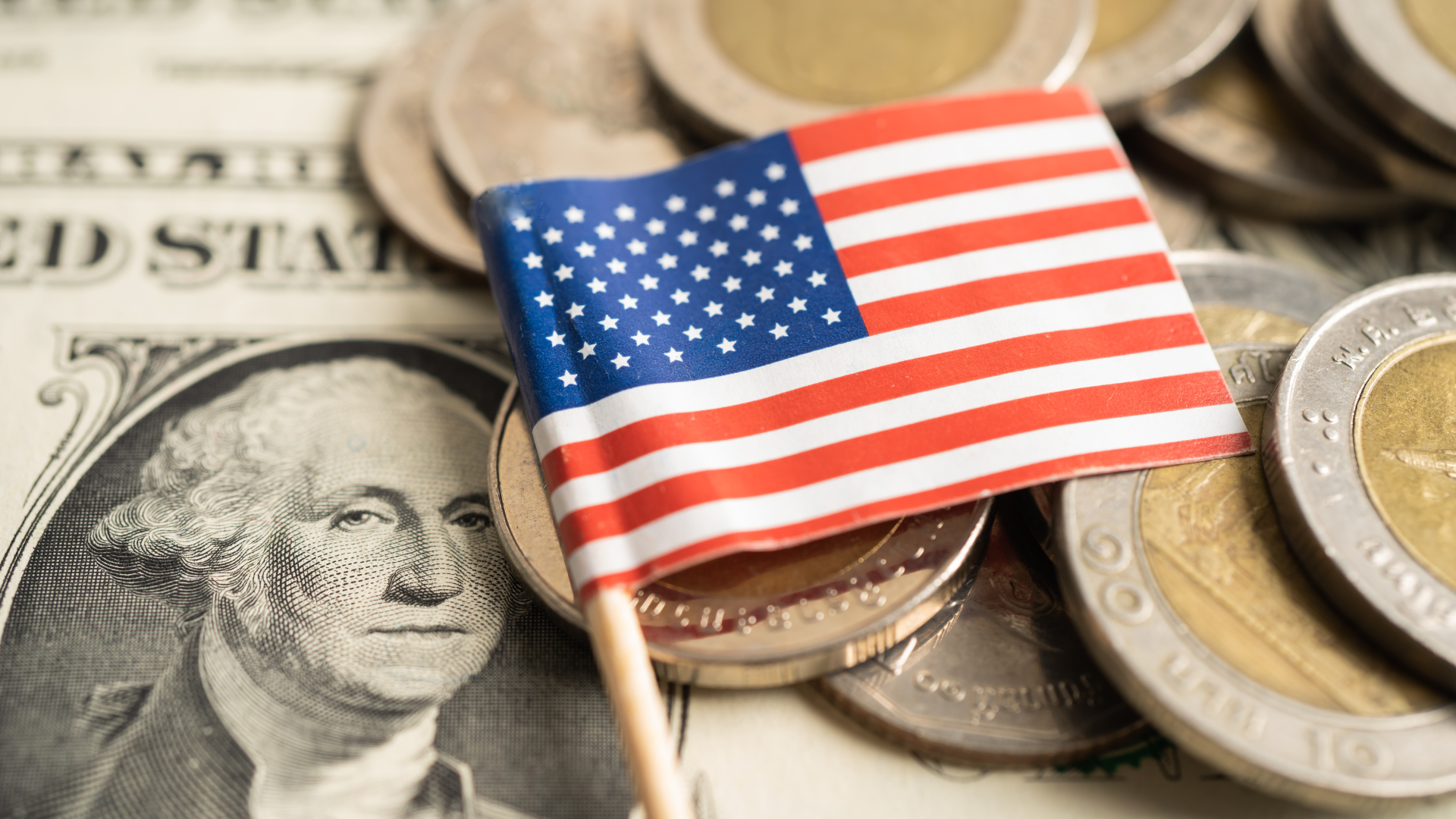The yield on Korea’s 10-year government bonds has reached unprecedented lows compared to US Treasuries, exacerbating pressure on the South Korean won. This record-breaking yield gap reflects diverging monetary policies between the Federal Reserve and the Bank of Korea, as well as investor concerns over global economic uncertainties.
With the Federal Reserve maintaining high interest rates to combat inflation, US Treasury yields have climbed, drawing capital away from Korean bonds. In contrast, the Bank of Korea has held its key interest rate steady, prioritizing domestic economic stability. This divergence has widened the yield spread to its largest margin in years, eroding the appeal of the Korean won and contributing to its depreciation against the US dollar.
Analysts warn that the yield disparity could persist as markets anticipate a prolonged period of elevated US interest rates. For South Korea, the lower yields complicate efforts to stabilize the currency and maintain competitiveness in export-driven industries.
















